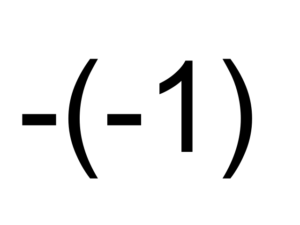
This is the first review of Star Wars published in the Soviet Union. It appeared in the Literary Gazette, a Moscow weekly, on September 7, 1977.
It is unlikely the reviewer had had an opportunity to see the film, nor would most of her readers be able to see it anytime soon. All we learn about the plot is that the main characters engage some kind of formidable tyrants in light-saber battles. The emphasis on the physical appearance of the characters suggests that posters and production stills are the primary source. Over half the text is devoted to portraying the film as a crass commercial endeavor aimed at undiscerning viewers.
The name of the film is translated as War of the Stars, a misunderstanding which was corrected in later reviews. The first month’s box office receipts appear to be overstated. The statement that a sequel will be out in a few weeks is puzzling seeing as The Empire Strikes Back was not released until May of 1980.
Mass Culture 77
Space Horror Films
By Yu. Varshavskaya
This summer American movie theaters were hit with a new wave of “movie madness”. According to the press, the film War of the Stars by American cinematographer George Lucas is breaking all box office records: $60 million profit from the first month of showings. From morning until midnight War of the Stars is shown in overflowing theaters. In order to get into the film one must either stand in line for several hours or pay a scalper a fabulous sum – 50 dollars.
And so “evil spirits”, huge disasters, and giant sharks have been replaced on the American screen by horrors of truly cosmic proportion – monstrous tyrants who terrorize our Galaxy. The battle against them is waged by the heroes of the film – a certain round-faced princess, a village youth, an elderly knight of the Round Table, an ape-man, and two robots. One of them, the enormous gilded robot Threepio, is endowed with human speech. The other, Artoo-Detoo, resembles an automobile and expresses himself in “star” beeps.
The plot of the movie, as the French weekly Express writes, is rather simplistic.
But to really frighten the locals the makers of the film have employed the most modern of weapons – a laser ray with which the heroes of the film do battle as with rapiers. Nightmarish monsters are constantly appearing on the screen: a lizard-man, gnomes without faces, a living mummy with a head with rubber tubes sticking out, fantastical animals…
At the same time as shooting of this blood curdling “masterpiece” which the cinematographer George Lucas calls “the western of the future” was going on, a number of related commercial schemes were undertaken. The publisher Ballantine released a novel under the same name. Then Marvel Comic Book [sic], a publisher which specializes in comics, signed a contract with the movie studio Fox and, having divided the script into six parts, began issuing a monthly War of the Stars comic book. The press run is a million copies. Right after that the classic accouterments of “mass culture” appeared: buttons, tee-shirts, movie posters, and soundtrack records. And the children’s toys should be in the stores in time for Christmas [literally “New Year’s”, the holiday to which the Soviets had transfered the Christmas tree and gift-giving tradition]: a miniature Artoo-Detoo which makes the very same sounds as the original, and the gilded Threepio. The biggest “find” of the film, the toy laser rapier, is not invented yet, but work has already begun.
In the next few weeks there is due to appear on the movie screens of the USA a new episode of War of the Stars which is likely to be as mediocre as it will be profitable. This is not to be wondered at. The mass audience is ready to bite at such pieces of “art” in order to, when leaving the movie theater, see that things outside are fairly quiet…
